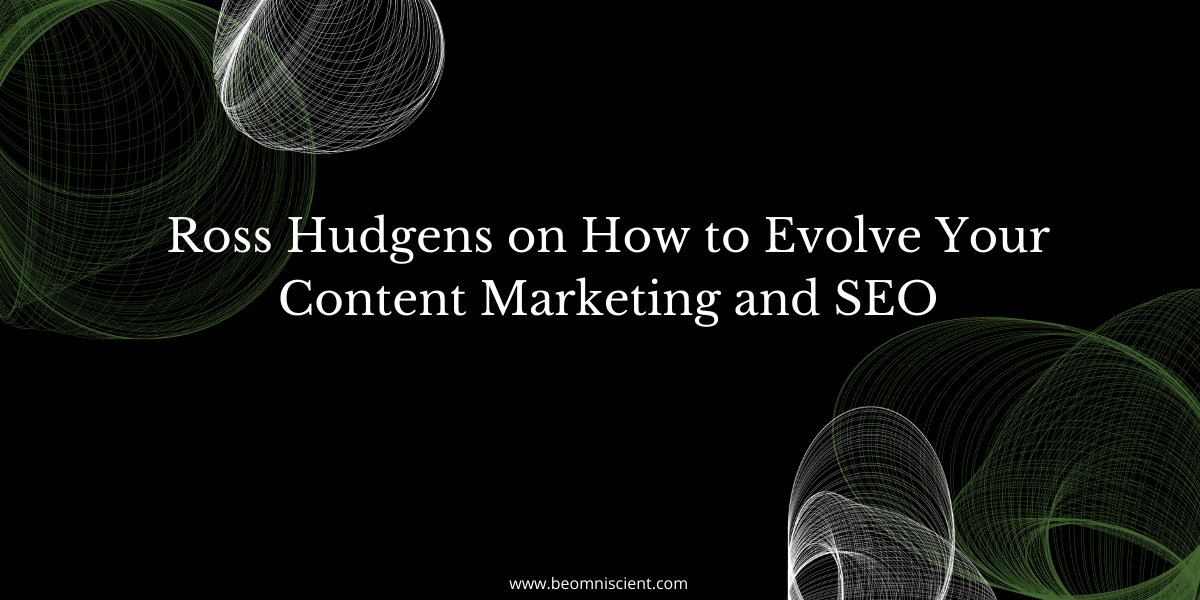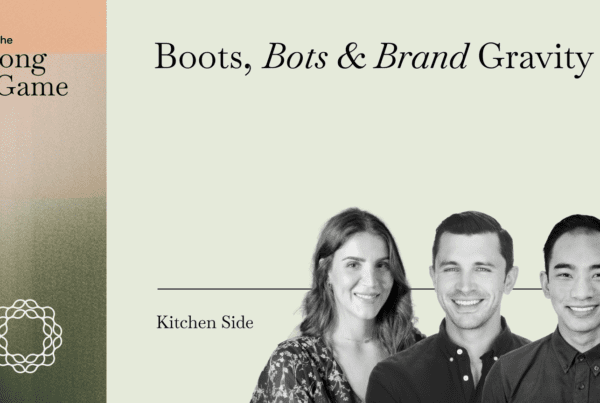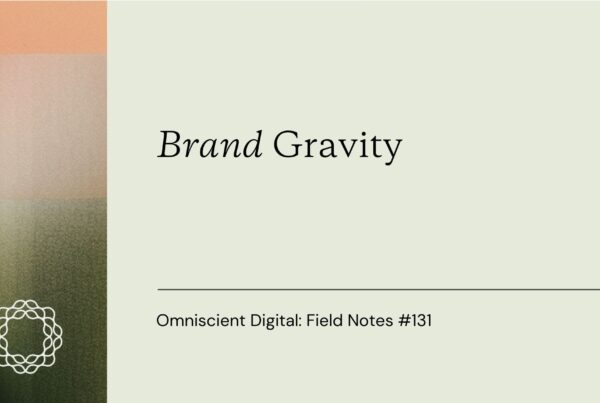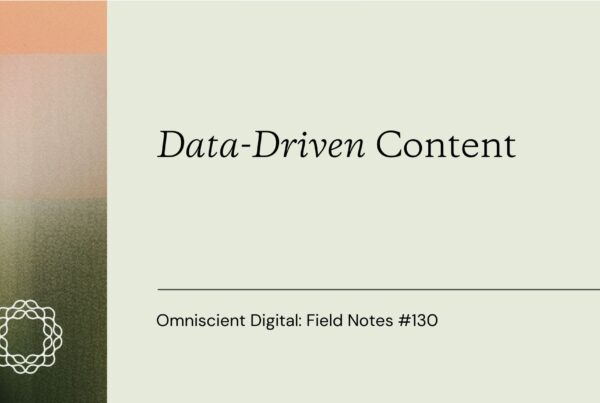
When you think of content marketing, you probably think of blog articles and social media posts.
But Ross Hudgens believes that great content marketing goes beyond just words and includes the whole experience of copy, design, and frameworks. It’s all of the things that work in tandem with the writing.
Ross is the founder and CEO of Siege Media, an agency that sets itself apart with a focus on good design. It’s what’s landed them bigger upmarket clients like Casper and Zillow.
Ross talked to us about how his agency puts an emphasis on UX design as well as how their approach to SEO has evolved over time to help their clients improve their rankings.
Evolve your SEO from link building to design
Ross describes Siege Media as a design-focused content company.
Early on, they used infographics in their content to drive link building for their clients.
“Infographics was this old-school way of doing things,” Ross said. “You give people shareable, visual elements and they’ll be more likely to link to you.”
Success with that approach led them to hire experts and level up with other visual elements in their content.
“Then I think that just progressed where we brought on photographers, videographers, illustrators and all that,” he said. “And we still will do infographics, but it’s more like great visual assets on page.”
They bring high-level design to the foundation of great copy and copy editing.
Sell brands on UX design
Design may be what sets them apart, but it still takes some convincing to get clients on board with this approach.
Ross believes that UX design in particular is becoming increasingly important.
“So we’re doing more blog framework, design, and development for people,” Ross said.
But it takes time to get the clients to make those changes and for those changes to be approved, especially with larger brands.
“Getting clients to understand that this $50K upfront investment is worth doing when they don’t go in the door through that is been a challenge,” he said. “And it’s something we’re kind of ironing out.”
They’re also working on creating a better internal process for making sure design and frameworks are part of what they’re delivering.
“That’s something we think about is that it’s not just the writing,” he said. “It’s not just the design. It’s also the framework where that stuff lives.”
Match patterns in content
When it comes down to the actual content you’re creating, coming up with best practice frameworks can help ensure success.
Many examples of these, like easy-to-remember acronyms, already exist for you to adopt within your own work.
“There’s common things in stories our team is starting to remember over time,” Ross said. “We use AIDA all the time and even our pitches.”
AIDA stands for attention, interest, desire, action. It’s a way to structure your copy so that you inspire those things in your reader. You can check this guide about AIDA copywriting to get more information about it.
Another way to improve your content is to look for the patterns that occur in content that performs well and then use those same things yourself for greater SEO.
“I do think search is effectively pattern matching,” he said. “So that’s probably my mindset as old school SEO is to see what users want and Google wants is pattern matching all the same things you see in the search result, the content, the copy.”
Build passive link assets
Siege Media focuses a lot on design, but they still put a lot of effort into link building through other SEO tactics.
One is through the building of passive link assets as opposed to the old way of creating pure link bait.
“There’s a few common trends, but effectively it’s something with high view-to-link ratio,” Ross said. “So there could be trend pieces, stats pieces, there’s random things that do this like calculators, which is where we have dev team as well.”
An example could be a piece on foods high in Vitamin D. Those types of articles have high passive link intent.
“If you go out and build those early and you know how to rank for them, you’ll build a compounding snowball where you can get other things ranking,” Ross said.
The right keywords often have lower search volume, but they’re low-hanging fruit because other people won’t notice opportunity in them.
If you want to find these types of opportunities, focus on things that are quick answers that could add a quick detail to an article that a blogger or reporter is writing.
Other good examples are cost framework pieces, like the cost to remodel a bathroom, or definitions.
“Definitions in the B2B space are just massive where people are looking at jargon terms, like ‘what is content marketing?’” he said. “What is blank? And they’ll reference that definition a ton and link to you.”
When developing this type of content, think, “Is this something that can be copied and pasted?”
If that’s the case, that could be a strong, passive link intent, especially if it’s not obvious in some way.
Test content on social media first
Something that Ross has learned over his years running Siege Media is that not everything works as a long-form blog article or high production video.
A 2,000-3,000-word piece takes hours to days to put together. The last thing you want is to sink that time into something and have it only get a few views.
A tip is to create smaller form content and publish it on Twitter or LinkedIn to test out the idea first.
“I’ve actually done that a decent amount,” Ross said. “So I will tweet something. It will connect and then I’ll create a video off of it.”
It may have a smaller impact once you publish it on your site because you’re repromoting it to a smaller audience.
“But that doesn’t mean in the context of your website that doesn’t have a strong value because clearly it resonated with someone originally,” he said.
It’s a way to test how valuable an idea is to your target audience.
And remember, any piece that you create will be more successful if you take a holistic approach and marry it with good design, strong frameworks, and maybe add some passive link intent.


